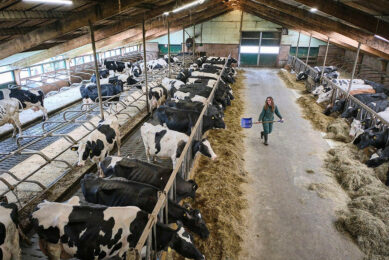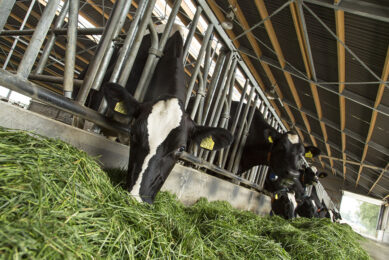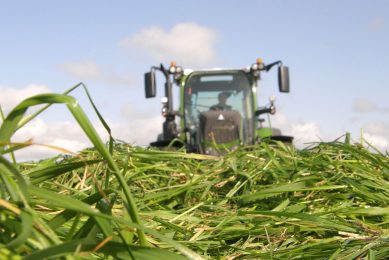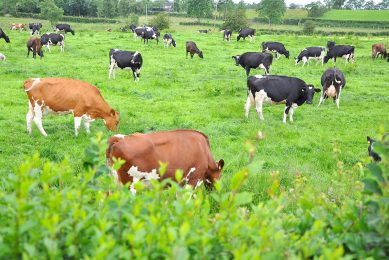Feeding value of Pterocarpus erinaceus for growing goats
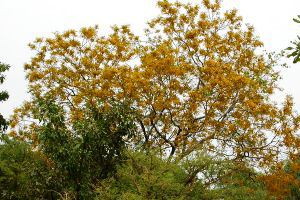
Abstract: 25 Red Sokoto male goats (5 months old) of 7.50 ± 0.52 kg live weight (LW) were used to investigate the feeding value of Pterocarpus erinaceus (PE) and its combinations with Andropogon gayanus (AG) grass as feed to goats using completely randomised design.
The treatments were five PE:AG ratios: 0:1000 (solely AG), 250:750, 500:500, 750:250 (forage combinations) (FC) and 1000:0 (solely PE). Intake of AG (199.7 g/day) decreased linearly, while intake of PE (197.1 g/day) and condensed tannins (CT) increased linearly (P<0.01). Intakes of dry matter (DM), organic matter (OM), acid detergent fibre (ADF) and final LW had a quadratic (P<0.01) response. Intakes of crude protein (CP), lignin(sa), neutral detergent fibre (NDF), hemicellulose, cellulose, digestible CP (DCP) and OM (DOM), and N showed both linear and quadratic trends (L:P<0.01; Q:P<0.01). Diet effects on feed conversion ratio (FCR), digestibilities of DM, OM, fibre fractions and hemicellulose, DOM and DCP (g/kg), digestible energy (DE) and metabolisable energy (ME), faecal N and N retention (as g/kg of N intake) were linear and quadratic (L:P<0.01; Q:P<0.01). Live weight gain, average daily gain (ADG), DOM intake and OM digested in the rumen (OMDR), DE and ME intake, and microbial protein synthesis (MPS) were linearly and quadratically affected by diets (L:P<0.05; Q:P<0.01). Digestible CP (g/kg W0.75) had linear and cubic (P<0.01) trends.
Diets had both linear and cubic effects on urinary N (P<0.01) and linear, quadratic and cubic effects on total N excretion (P<0.01). Treatment effects on digestibility of CP, N balance and retention (as g/kg of N absorbed) (L:P<0.01; Q:P<0.01; C:P<0.01) and N absorbed (L:P<0.01; Q:P<0.01; C:P<0.05) were significant. Dry matter, nutrient and CT intakes, growth performance, FCR, digestibility, nutritive value, intakes of digestible nutrients and energy, N intake, excretion, absorption, balance and retention, and MPS were higher (P<0.01) in FC compared to single forages (SF). Intakes (g/kg W0.75) of CP, NDF, lignin(sa), hemicellulose, cellulose, CT and DCP (P<0.01), and intakes of DOM, energy and N (g/day) (P<0.05) were higher for PE than for AG. Pterocarpus increased ADG, FCR, digestibilities of DM, CP, OM, cellulose and hemicellulose, nutritive value, and N excretion, absorption, balance and retention more than AG (P<0.01).
Digestibilities of fibre fractions, OMDR and MPS were higher (P<0.05) for PE than for AG. It is concluded that maximum nutritional benefits of PE can be achieved if used as supplement up to 750 g/kg DM rather than as a sole feed, and the sole PE is better than sole AG.
O.A. Olafadehan
Animal Feed Science and Technology volume 185, issue 1




